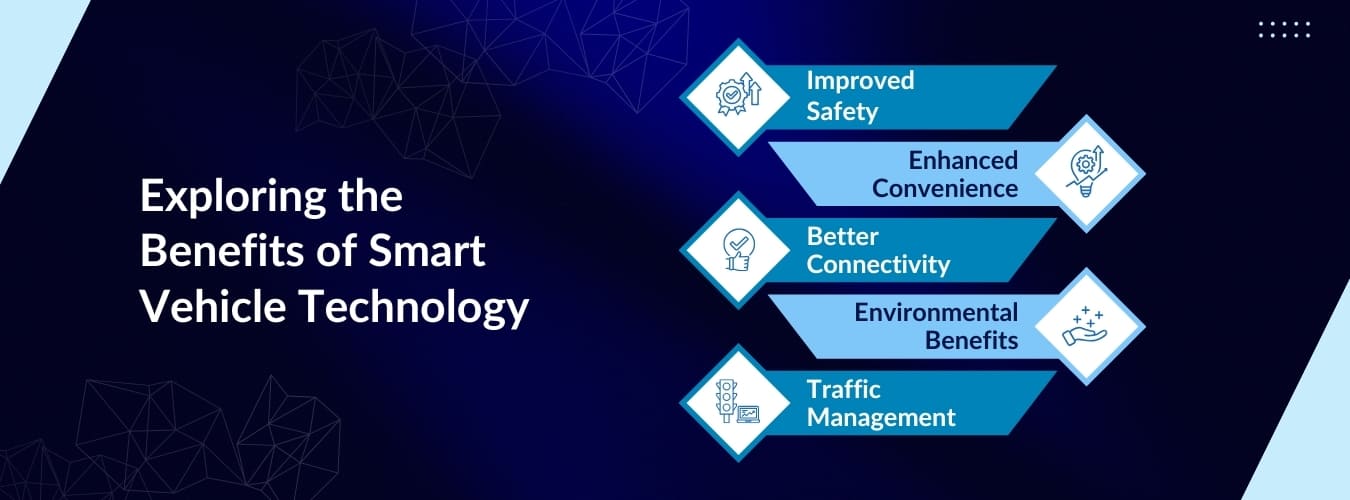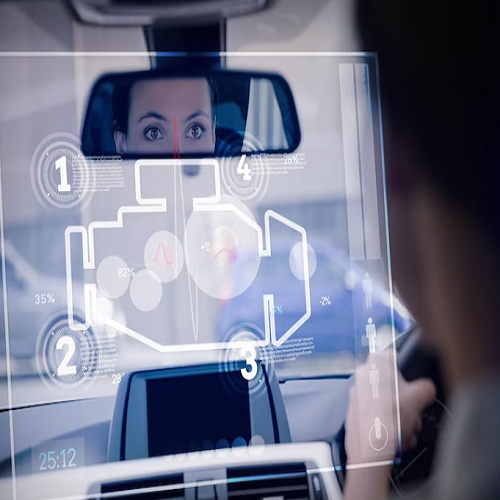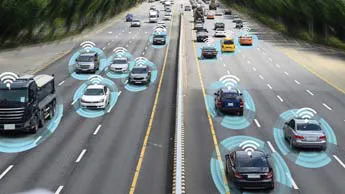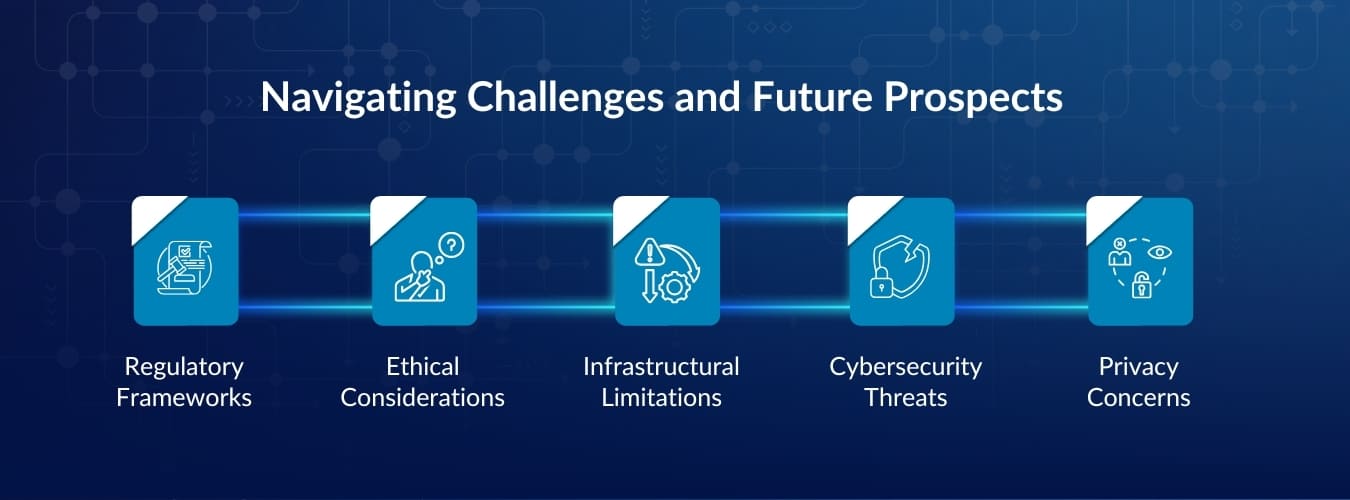In today’s rapidly evolving automotive landscape, the concept of a “smart vehicle” has transcended mere transportation. With advancements in technology reshaping the way we perceive mobility, understanding the essence and significance of smart vehicles is paramount. Let’s delve into what constitutes a smart vehicle, its pivotal role in shaping the future of transportation, and why it’s garnering increasing attention worldwide.
What is a Smart Vehicle?
Smart vehicles are the combination of cutting-edge technologies seamlessly integrated into modern transportation. From autonomous capabilities to sophisticated connectivity features, these vehicles define innovation. Basically, smart vehicles use a bunch of fancy technologies like the Internet of Things (IoT), Artificial Intelligence (AI), and high-tech sensors to make driving way better.
In essence, a smart vehicle utilizes technology to enhance safety, efficiency, connectivity, and overall driving experience. These vehicles are equipped with sensors, cameras, and other advanced hardware that gather data about the vehicle’s surroundings and internal systems. This data is then processed by onboard computers using AI algorithms to make real-time decisions, such as adjusting speed, steering, and braking.
Navigating the Future: The Essence of Smart Vehicle Technology
The key idea behind smart vehicles is that they can talk not just to their drivers, but also to other cars and the stuff on the roads. Using IoT, smart vehicles create networks where they share information instantly. This helps them do cool things like predicting when they need fixing, finding better routes to drive, and adjusting their speed automatically. Overall, it makes driving safer and smoother.
- Predictive Maintenance: Smart vehicles can monitor their systems in real-time and detect potential issues before they escalate into costly repairs. This proactive approach to maintenance can help prevent breakdowns and increase the lifespan of vehicle components.
- Enhanced Navigation: Smart vehicles are equipped with advanced GPS and mapping technology that enables them to navigate complex road networks with precision. They can also analyze traffic patterns and adjust routes in real time to avoid congestion and minimize travel time.
- Adaptive Cruise Control: Smart vehicles can automatically adjust their speed and following distance based on the flow of traffic. This feature not only reduces driver fatigue but also improves fuel efficiency and safety by maintaining a consistent pace.
- Vehicle-to-Everything (V2X) Communication: Smart vehicles can communicate with other vehicles, pedestrians, and infrastructure in their vicinity, exchanging information about road conditions, traffic flow, and potential hazards. This real-time data exchange enhances situational awareness and enables cooperative driving behaviors, such as merging and lane-changing.
Explore how the Smart Vehicle are transforming mobility and connectivity.
Download our Brochure/E-book for expert insights and the future of driving!
Exploring the Benefits of Smart Vehicle Technology
These smart car features or benefits not only help to feel safer but also add on to a better and accident-free environment.

- Improved Safety: Smart vehicles use fancy sensors and smart computer programs to predict and avoid possible dangers, making accidents less likely. They come with cool features like brakes that kick in automatically if there’s an emergency, systems that help keep the car in its lane, and warnings for when there’s a vehicle in your blind spot. These things help stop crashes and make sure everyone in the car stays safe.
- Enhanced Convenience: From autonomous parking to personalized infotainment systems, smart vehicles offer unparalleled convenience, catering to the diverse needs of modern drivers. Voice-activated controls, touchscreen displays, and smartphone integration make it easier than ever to access navigation, entertainment, and communication features while on the go.
- Better Connectivity: Seamless integration with smartphones and cloud-based services ensures constant connectivity, empowering drivers with real-time information and entertainment options. Smart vehicles can sync with calendar apps, email accounts, and social media platforms to provide updates and notifications directly to the driver’s dashboard.
- Environmental Benefits: Smart vehicles help cut down on pollution and protect the environment by using better routes and eco-friendly driving modes. Electric and hybrid cars use less fuel and produce fewer harmful gasses than regular gas-powered cars. This helps fight climate change and makes the air cleaner in cities.
- Traffic Management: Smart vehicles use data analytics and AI to improve traffic flow by communicating with traffic signals and infrastructure. This coordination helps reduce congestion and delays at intersections, resulting in smoother traffic and shorter commute times. By leveraging technology, smart cars optimize urban mobility, making transportation more efficient and convenient for everyone on the road.
Navigating Challenges and Future Prospects
Even though smart cars have great potential, they also come with challenges. Things like rules, ethics, and limits in our laws and roads can make it tough for them to work well. Plus, hackers and worries about privacy mean we need really good protection to keep smart cars safe from harm.
- Regulatory Frameworks: The development and deployment of smart vehicle technology are subject to regulatory oversight by government agencies and industry standards organizations. Ensuring compliance with safety regulations and privacy laws is essential to maintaining consumer trust and confidence in the technology.
- Ethical Considerations: Smart vehicles are programmed to make split-second decisions that can have life-or-death consequences in the event of an accident. Car makers and people who make rules need to think about tough choices. They have to decide if it’s more important to keep people inside the car safe or people outside like walkers and bike riders.
- Infrastructural Limitations: The widespread adoption of smart vehicles relies on the availability of supporting infrastructure, such as high-speed internet connectivity, electric vehicle charging stations, and dedicated lanes for autonomous vehicles. Investment in upgrading and expanding infrastructure will be crucial to realizing the full potential of smart vehicle technology.
- Cybersecurity Threats: Smart vehicles are vulnerable to cyber attacks that can compromise their onboard systems and data privacy. Automakers must implement robust cybersecurity measures, such as encryption, authentication, and intrusion detection, to protect against hacking and unauthorized access.
- Privacy Concerns: Smart vehicles collect vast amounts of data about their drivers’ behavior, location, and preferences, raising concerns about privacy and data security. Clear policies and transparent consent mechanisms are needed to ensure that drivers have control over their personal information and how it is used by automakers and third-party service providers.
Conclusion
In essence, Simply put, smart cars mark a new way of getting around, going beyond how we usually travel. As technology gets better, smart cars will also improve, changing how we move in cities and how driving feels. They use things like IoT, AI, and fancy sensors to be safer, more convenient, and better for the environment. But making smart cars reach their full potential means dealing with rules, ethics, and roads, keeping them safe from hackers, and respecting people’s privacy. If we plan well, work together, and keep inventing, smart cars could totally change how we travel, making them smarter, safer, and more eco-friendly.























